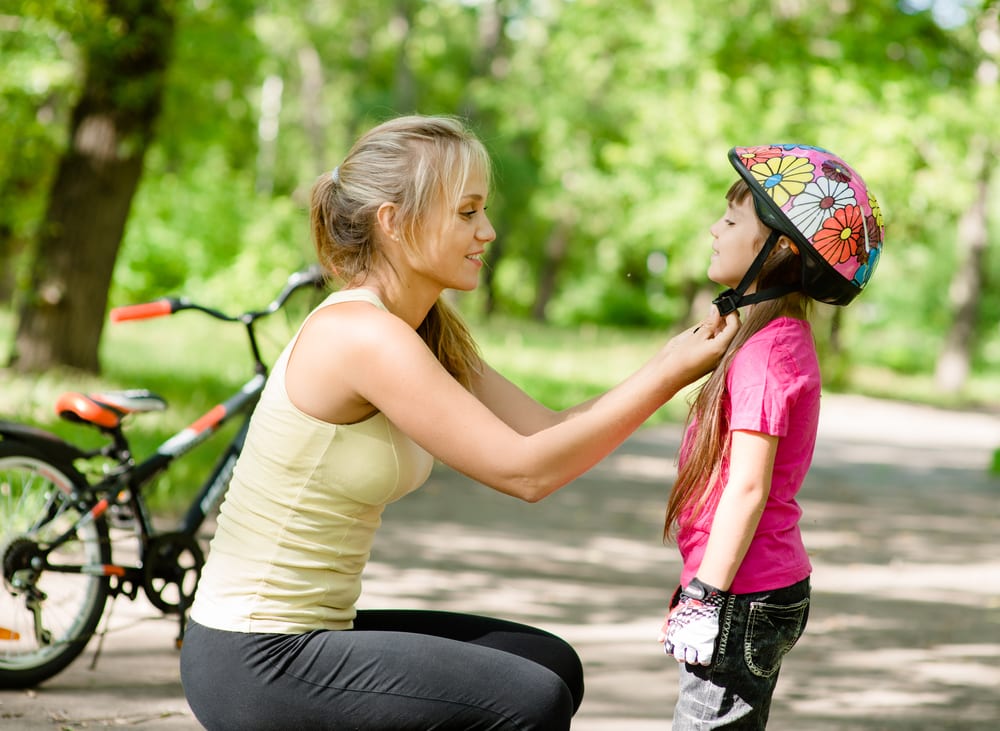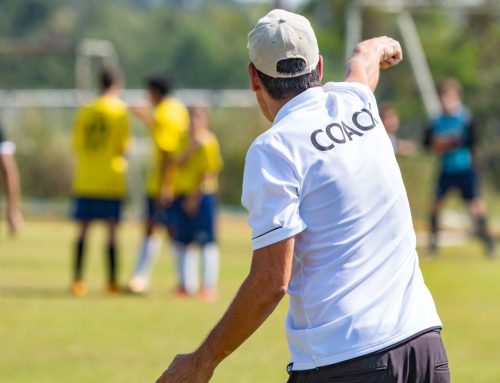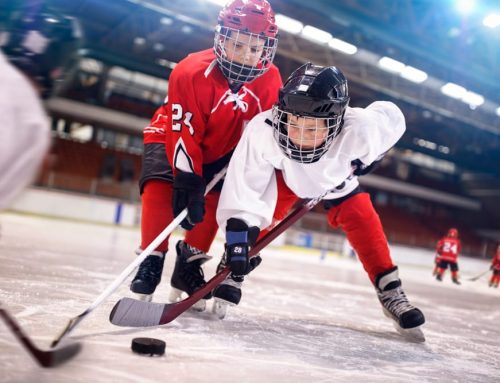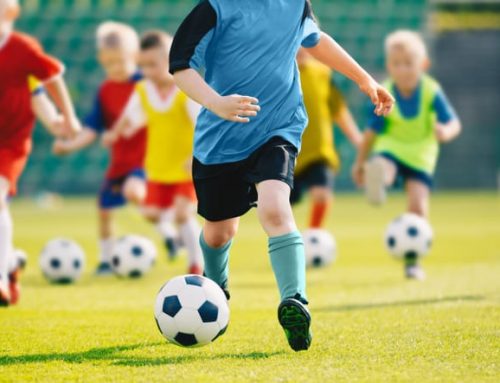There are plenty of good reasons that we should encourage our kids to play sports. The activity is good for their health, they make friends, learn the importance of good sportsmanship, build confidence, and can see firsthand that hard work pays off.
Among all those perks, however, is a pretty significant downside, the risk of an injury. Just about every sport has some potential for injury, but that’s not a reason to keep your kids from playing. Instead, take the time to learn about potential injuries for the sports your child is interested in, and learn together how to play safe and prevent injuries.
RISK FACTORS
Kids under 8 years have a high risk of injury since they’re younger, smaller, less experienced, are less coordinated, and have slower reaction times. As kids grow, these risk factors aren’t much of a concern anymore, but that doesn’t mean the risk is eliminated. It’s natural for kids to play harder as they grow, especially as they experiment with different, tougher sports such as pee-wee football.
PREVENTING INJURIES
There is no standard solution to preventing injuries but there are several key solutions that you and your kids can keep in mind to help significantly reduce their chances of getting hurt.
- PROPER EQUIPMENT: This doesn’t just include the right equipment, but the right size as well. It’s also not recommended to use equipment from a different sport. For example, a helmet for biking isn’t adequate for hockey, nor is it appropriate for baseball or football.
Also, look for equipment that is approved by their governing organizations. Bicycle helmets should have a CPSC sticker (Consumer Products Safety Commission). The organization is recognized in Canada and the US for testing and certifying.
Talk to your child about why the equipment is important. Comparisons to previous injuries is useful such as: “Do you remember when you were playing tag and scraped your knee?”… “That’s why you’re wearing knee pads when you’re on your skateboard”.
- PLAYING SURFACES: You and your child should inspect the playing surface before each game. Ensure fields don’t have holes or ruts that will cause kids to trip. Surface consideration can be taken one step further; running and basketball should be done on their specific flooring. A basketball court and a running track are both more forgiving than concrete.
- ADULT SUPERVISION: Any team sport should be supervised by qualified adults. The coach should have first-aid training, and should be encouraging the players to warm up, cool down, and stretch properly.
Children don’t often like to take the time to warm up or stretch. It’s helpful to keep an eye on them when they don’t. Sometimes learning the hard way on minor injuries is better than later on, with something more serious. If you notice they’re more sore than usual after the game, ask if they stretched? This will help him/her make the connection and understand the importance of warming up and cooling down properly.
- GETTING ENOUGH REST: Overuse injuries are one of the most common we experience. As adults it’s usually from a repetitive action at work. For kids, it’s often aggravated by not resting or getting enough downtime in between games. Try teaching the importance of resting their muscles by using other activities from their life. If they play on Monday, encourage them to take it easy Tuesday by letting them practice their piano lessons, reading, homework, even playing video games. Then Wednesday they can play hard again.
Young athletes also need to know the importance of a good night’s sleep. This becomes especially important when they’re teenagers. Encourage them to make healthy choices; if they want to play well in the game on Friday, they shouldn’t be out late with their friends on Thursday.
Playing sports will bring wonderful benefits to your kids, including watching your child learn to take care of themselves. Unfortunately, experiencing injuries is a part of that growth, which is why it’s great that you’re taking the time now to teach them.






